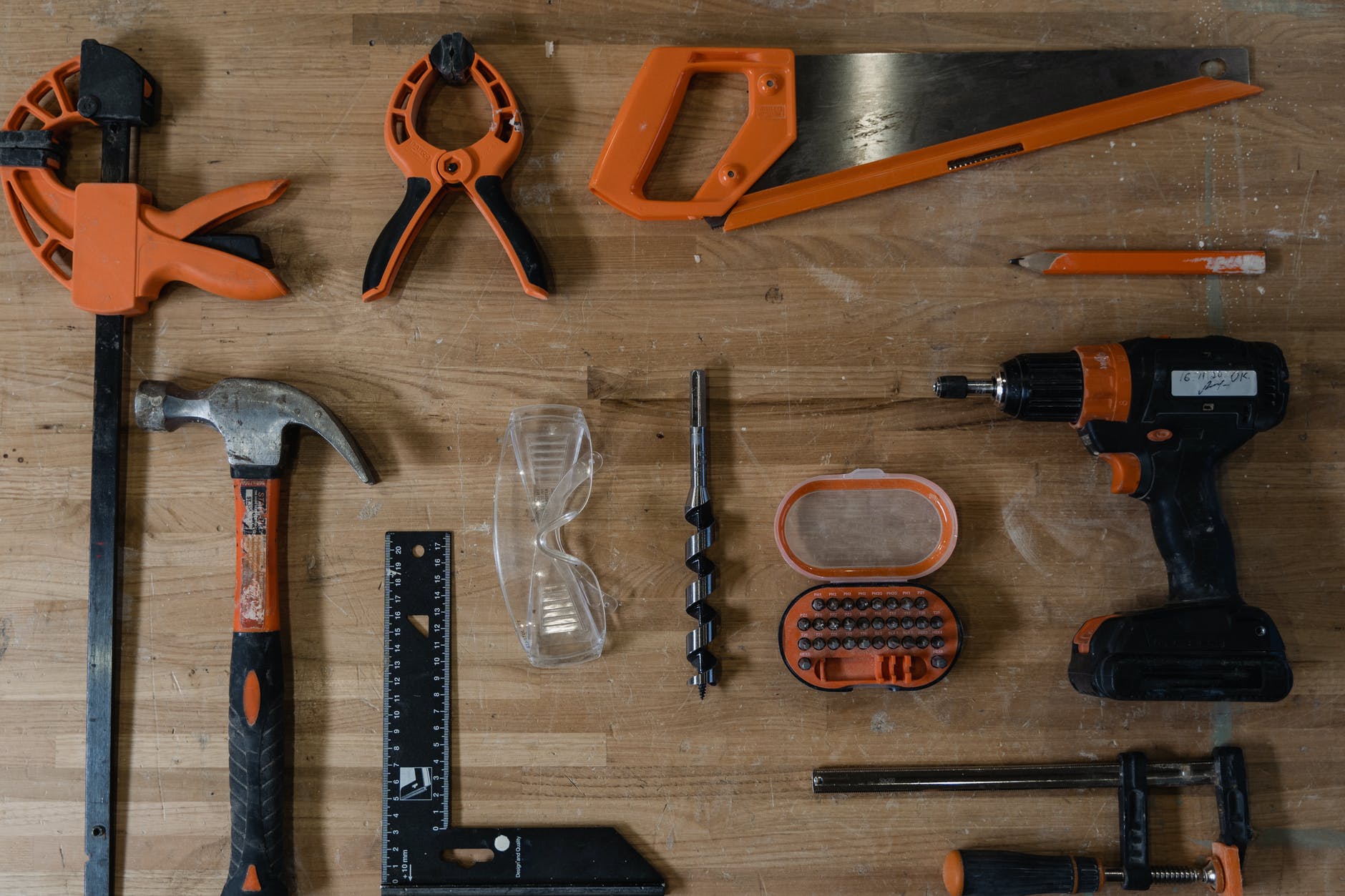The home improvement market is growing at the moment, which in turn represents a ripe opportunity for businesses to be built around serving clients in this segment.
Of course in order to complete renovation and interior design projects in a professional capacity, you’ll need the right equipment for the job. So with that in mind, here are a few tools that are worth adding to your inventory as your business is getting up and running.
Metalworking machines e.g. band saws
For the more in depth home improvement jobs, metalworking gear will be a requirement. From manipulating sheet metals with roll forming equipment to using several types of bandsaws to shape metallic materials for aesthetic purposes, having this type of kit to hand will enable you to handle many different jobs, whether they are structural or purely decorative.
Obviously the heavier machinery in this category will need to be used off-site, but there are portable counterparts that can be deployed in site, bandsaws included, so you need to pick the equipment that matches the scope and operations of your home improvement business.
Hand tools, e.g. screwdrivers
Many home improvement tasks still require the manual approach to complete efficiently and accurately, which is where hand tools come into play.
A specialist in this field will generally have a host of different tools with them at all times, from a good set of screwdrivers to a hammer, pliers, a hacksaw, and everything in between.
Choosing which hand tools to add to a tool belt might come down to the types of projects you aim to tackle, but could also be determined by the capacity and configuration of the belt itself, so bear this in mind when choosing.
Power tools, e.g. cordless drills
Power tools are another must-have addition to any up and coming home improvement business’ inventory.
It makes sense to start off with versatile options, like cordless drills which are multifunctional and come with a range of bits that can be used with materials including wood, brick and drywall.
Other options like belt sanders, nail guns, routers and angle grinders can be added to your arsenal, either upfront or over time as the need arises.
The point to make about these tools, as well as all of the other categories covered so far, is that you should always aim to pick the best brands you can afford, rather than settling for second best just to save a penny or two.
Consider this an investment in your business, rather than a cost-cutting measure, because otherwise you could be left in the lurch by equipment that is inefficient, prone to faults or not capable of delivering a good enough finish.
Applicator tools, e.g. silicone guns
Speaking of finishing, often the final touches of a home improvement job will make the most difference as to whether or not it is a success. As such, you need the right tools to leave a project looking its best, with the most common being an applicator gun that can work with materials like silicone for sealing gaps in kitchens and bathrooms, or caulk around the edge of other fixtures and fittings elsewhere.
A raft of other tools fall into this category as well, from paintbrushes and rollers to provide precision as well as coverage for large areas, in addition to things like putty knives and so on.
Obviously you will need to adjust your tool procurement list based on the area of the home improvement market you are targeting, and also remember that second hand tools could be an affordable alternative to new equivalents of the same quality.





















